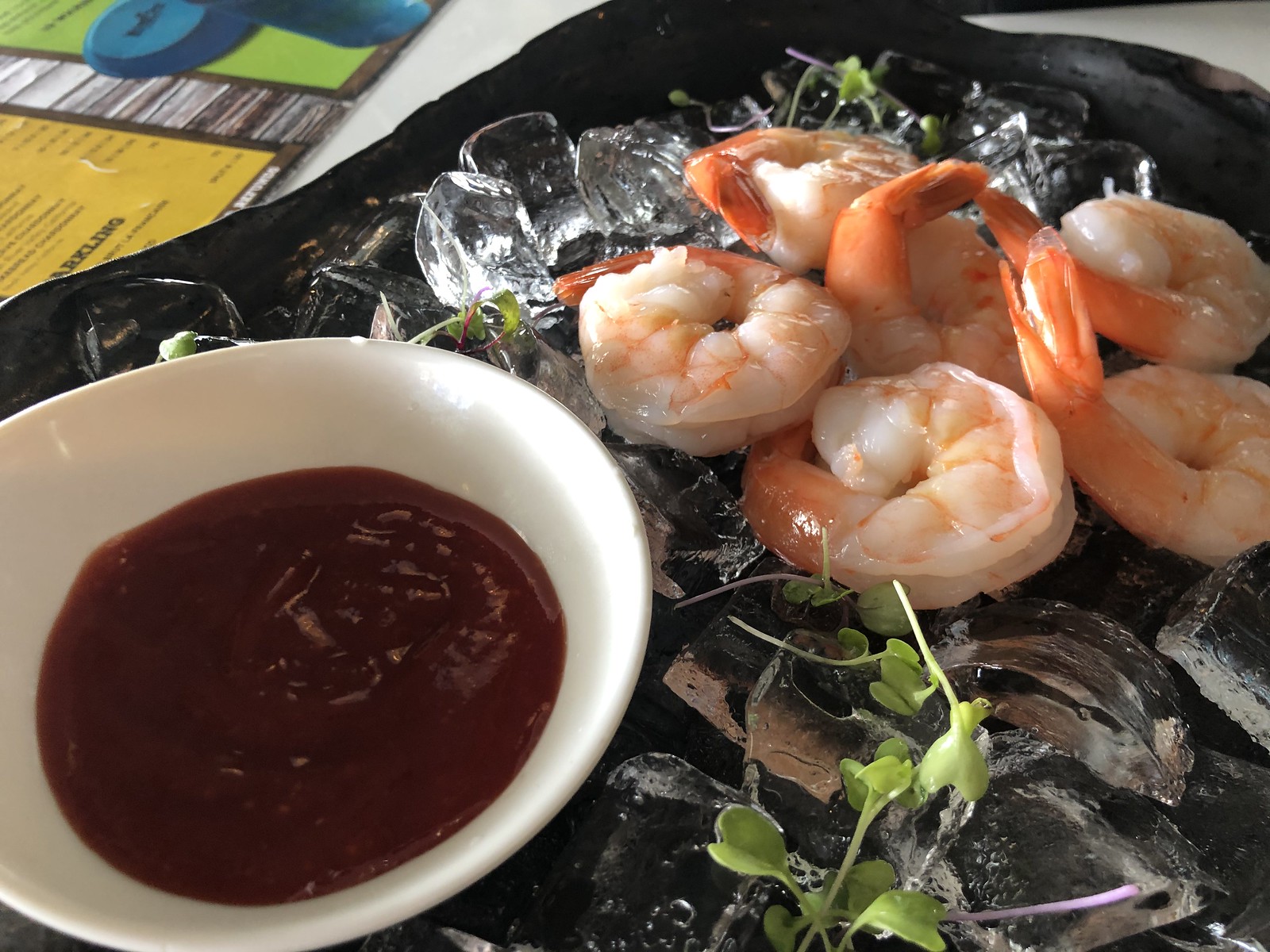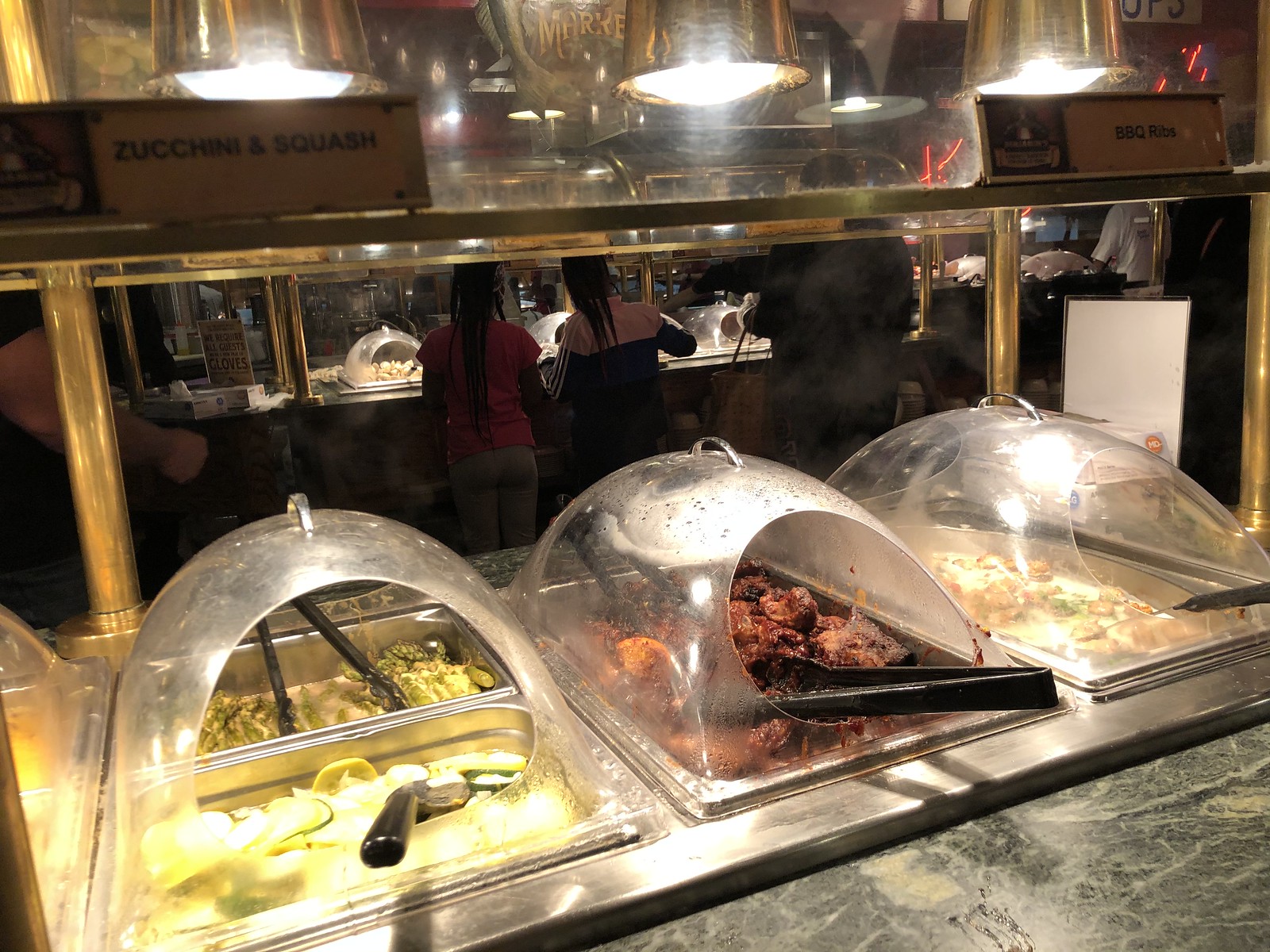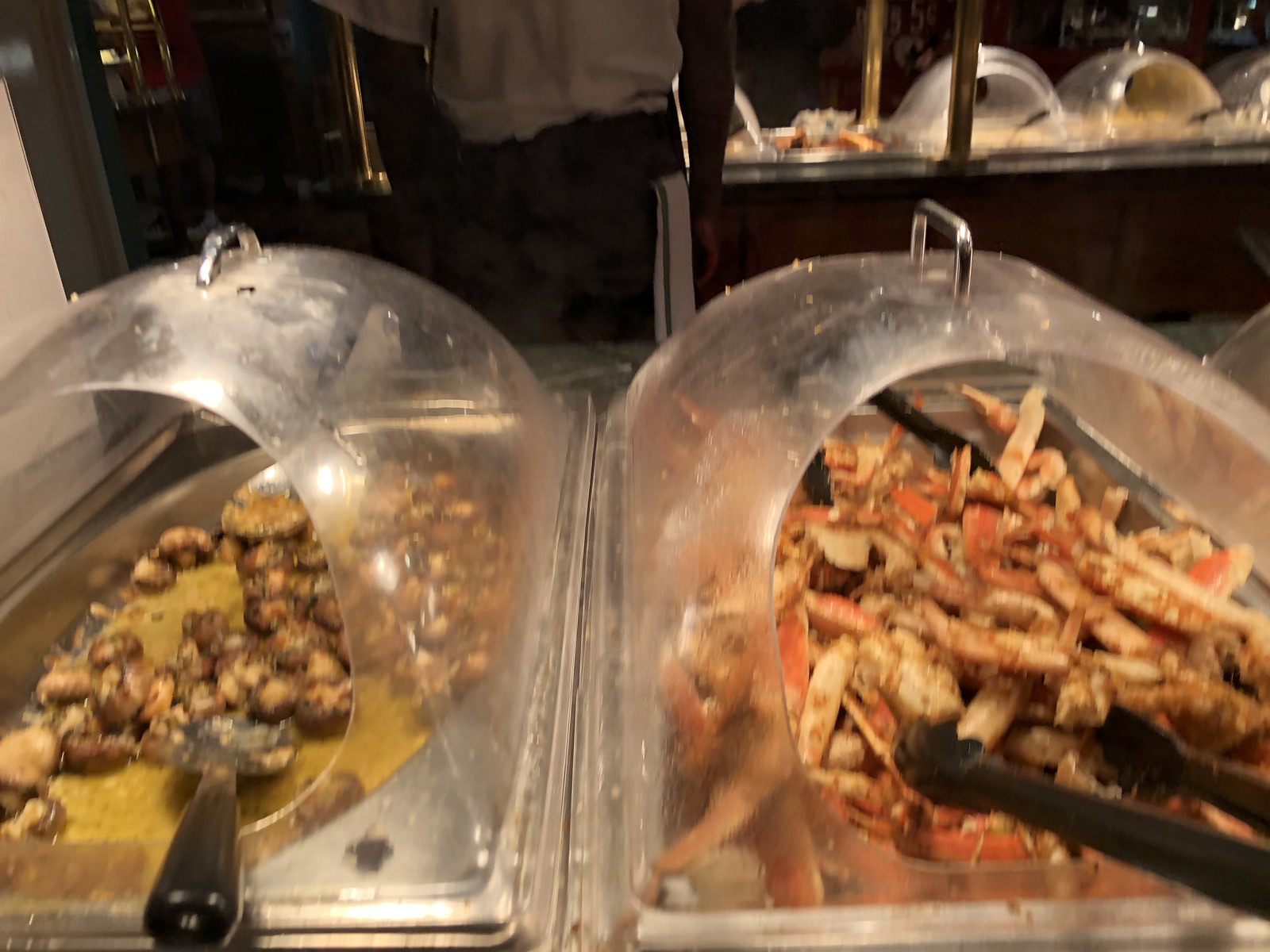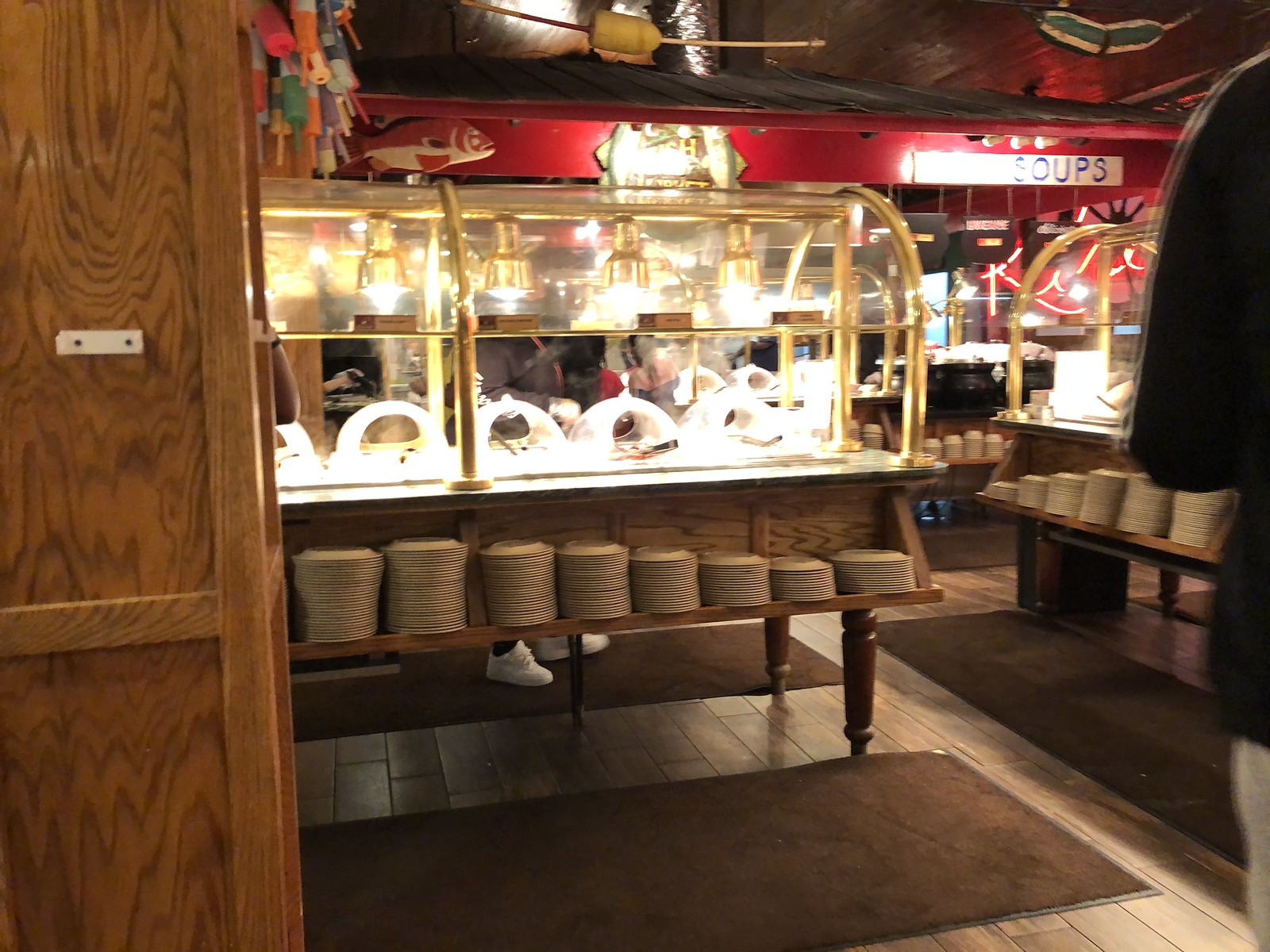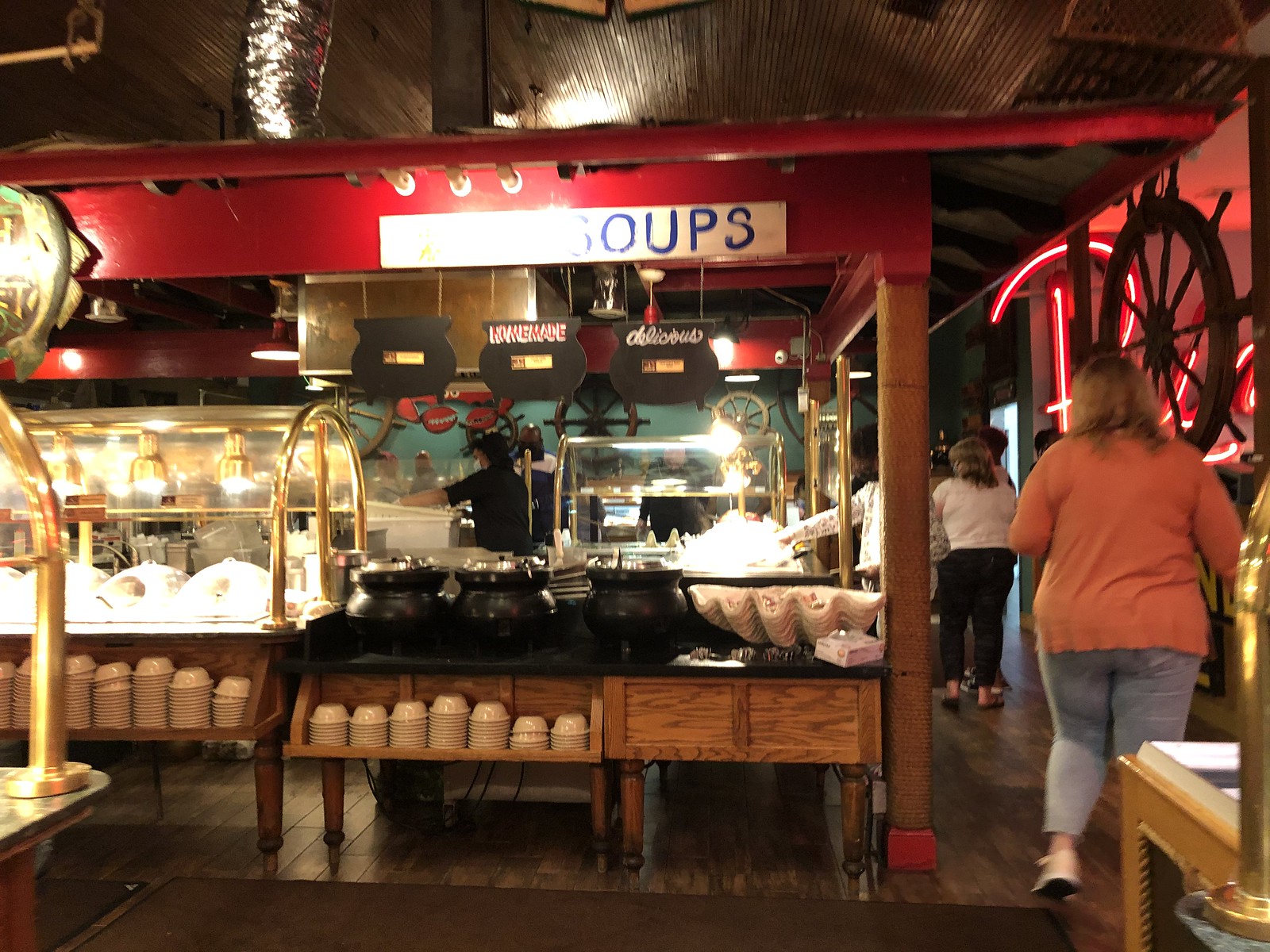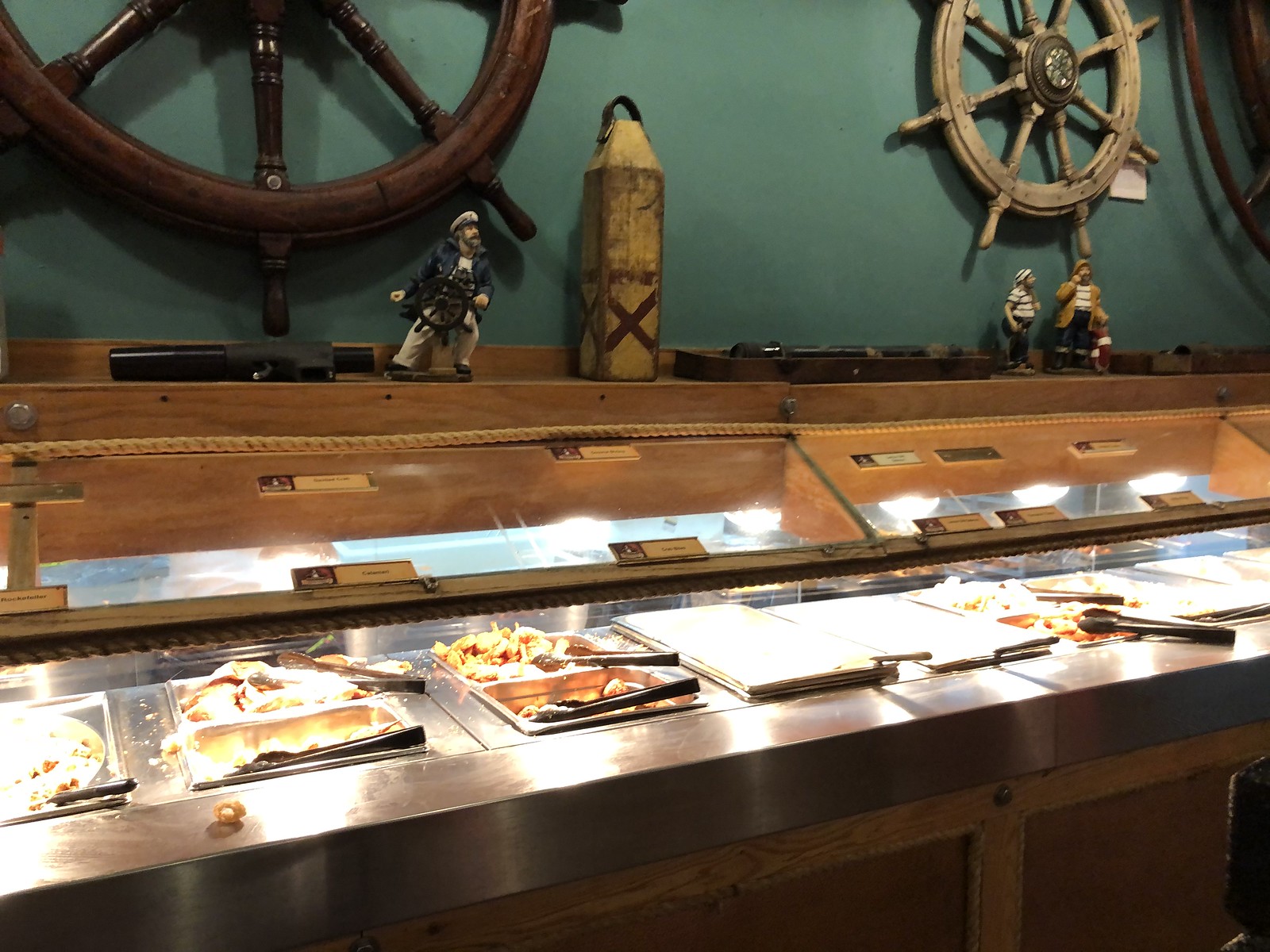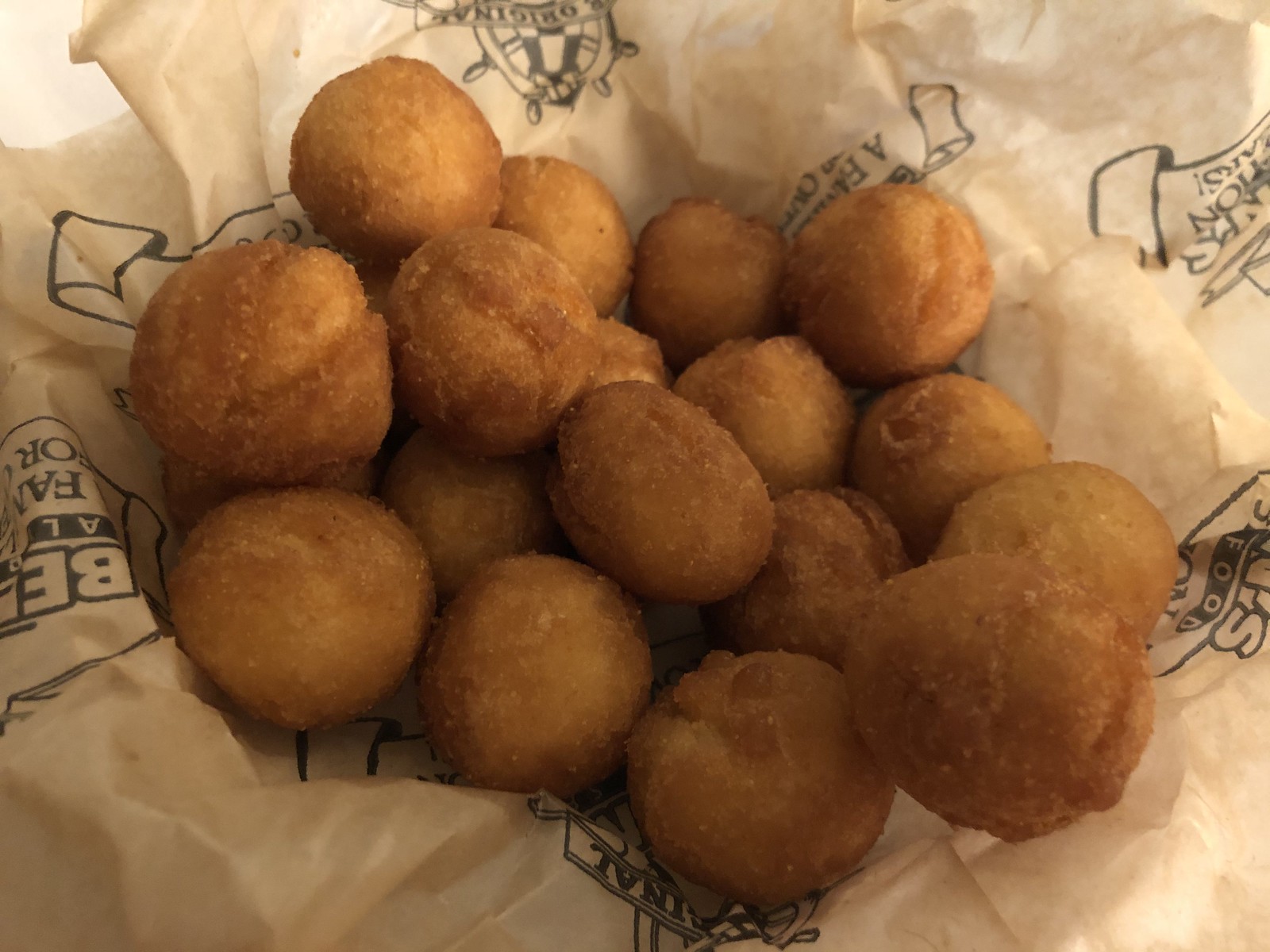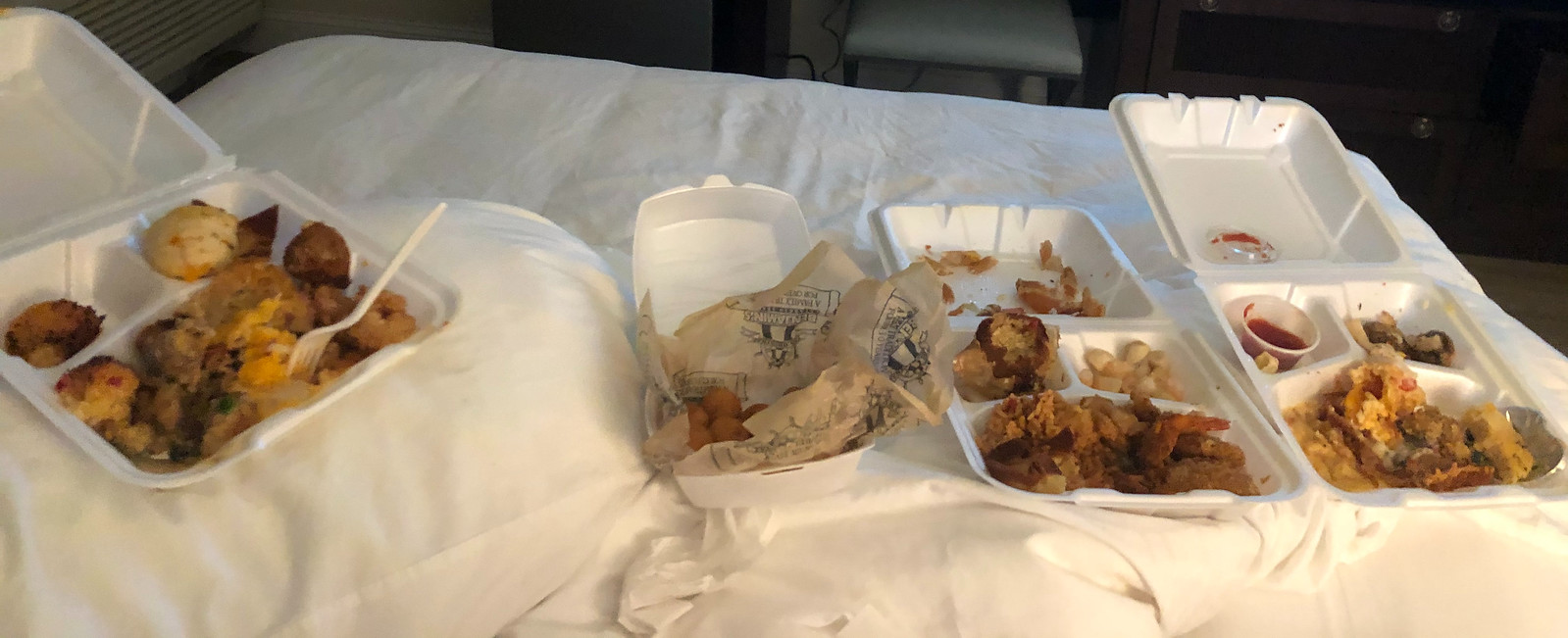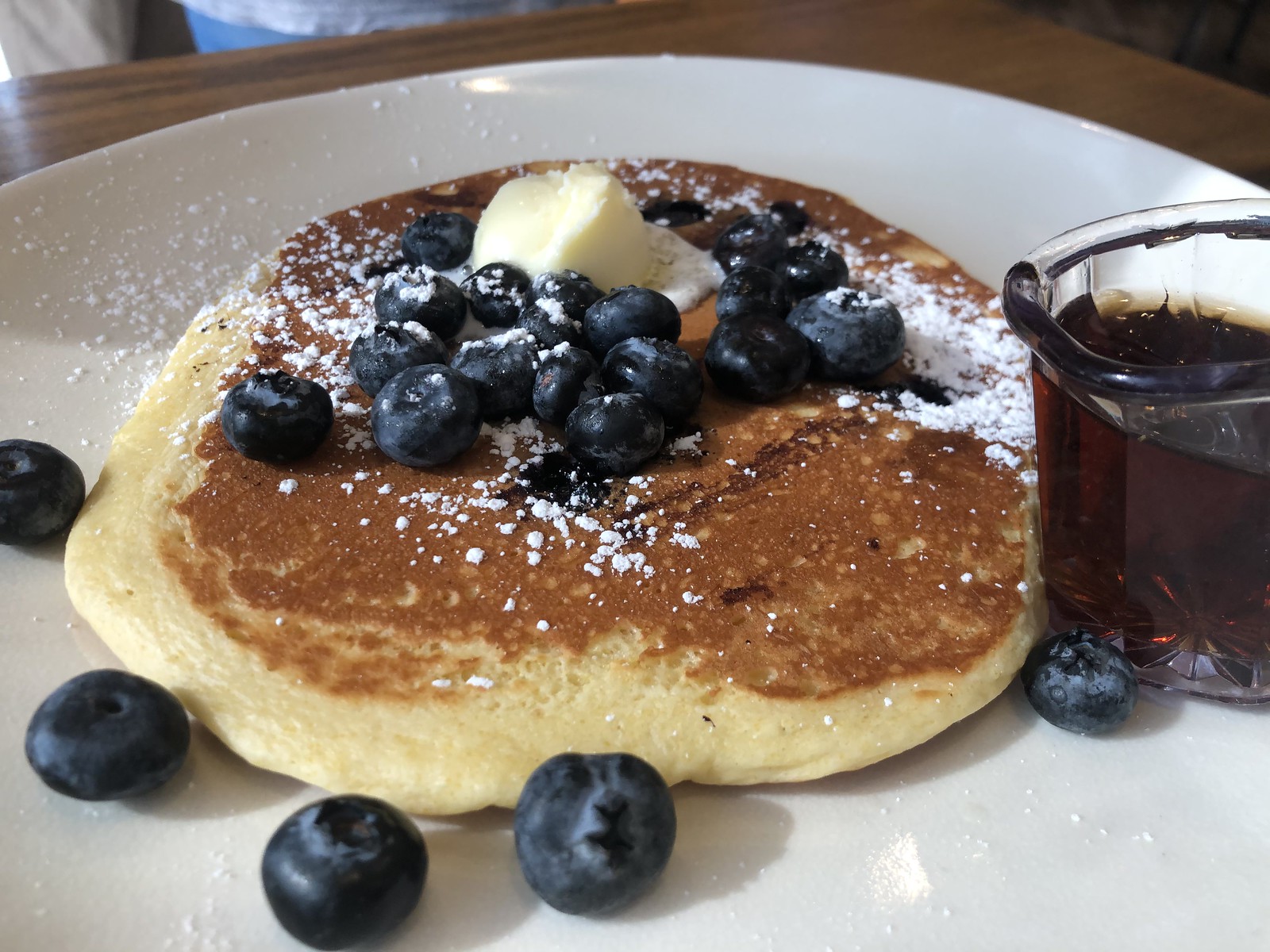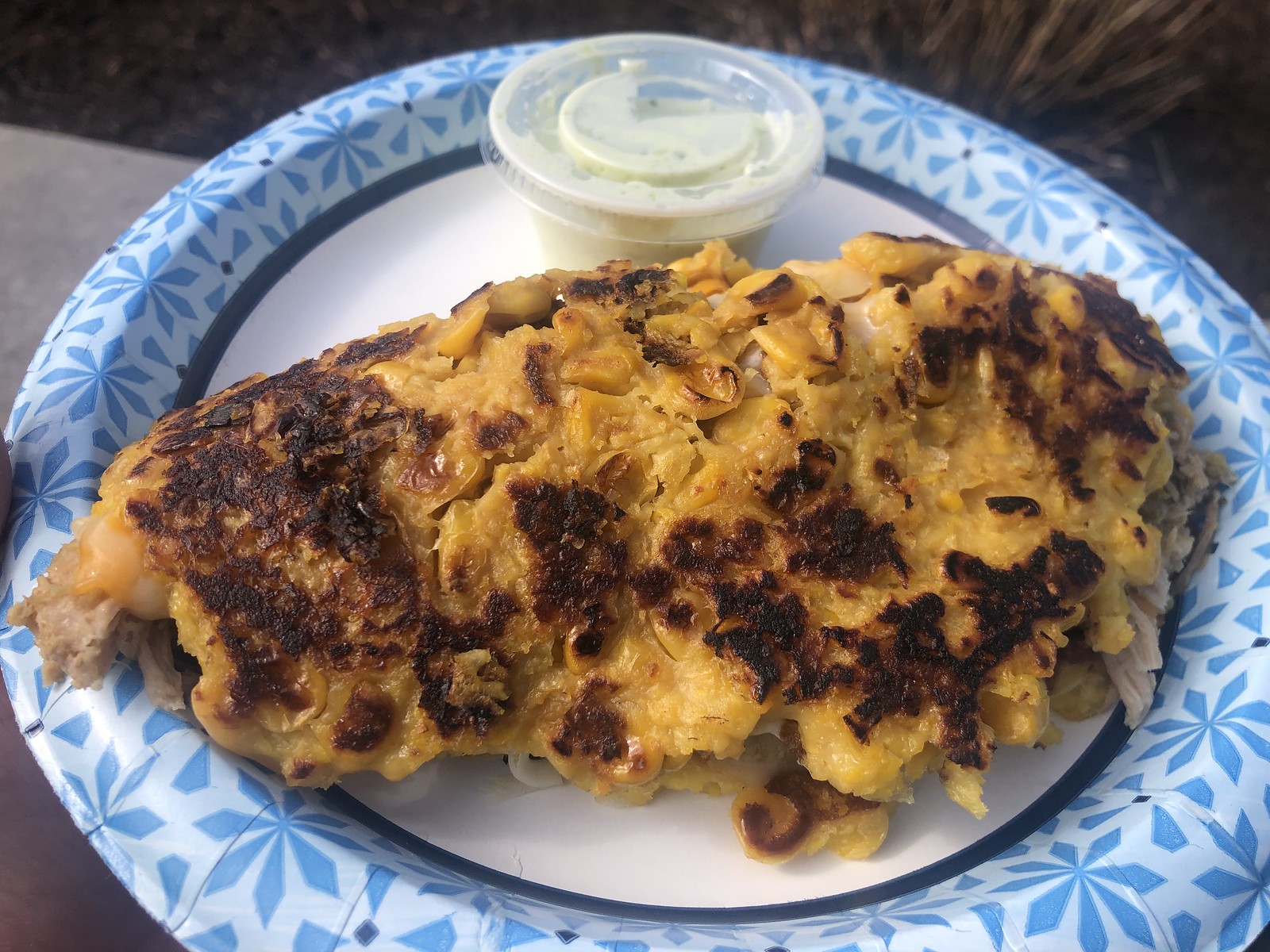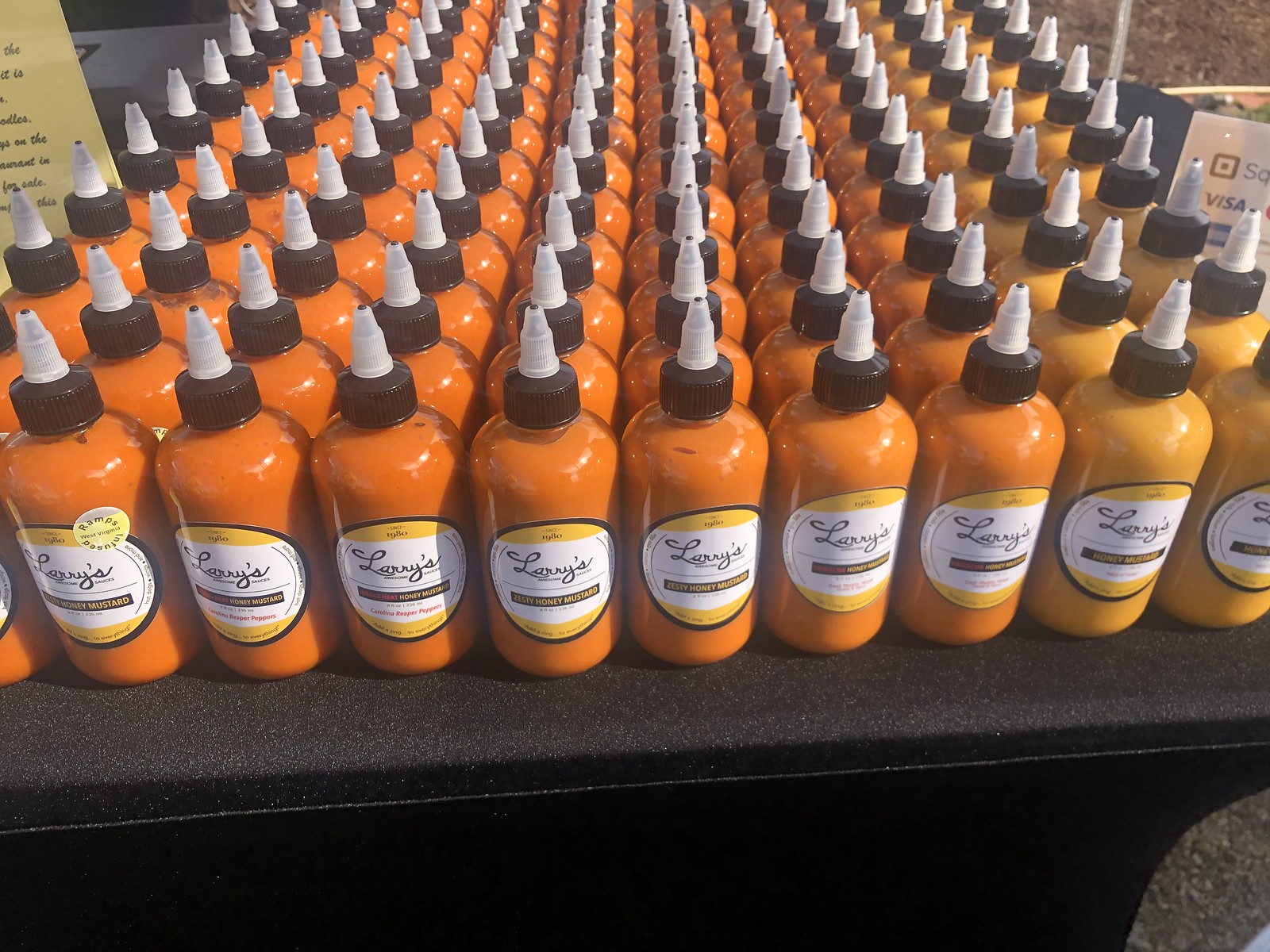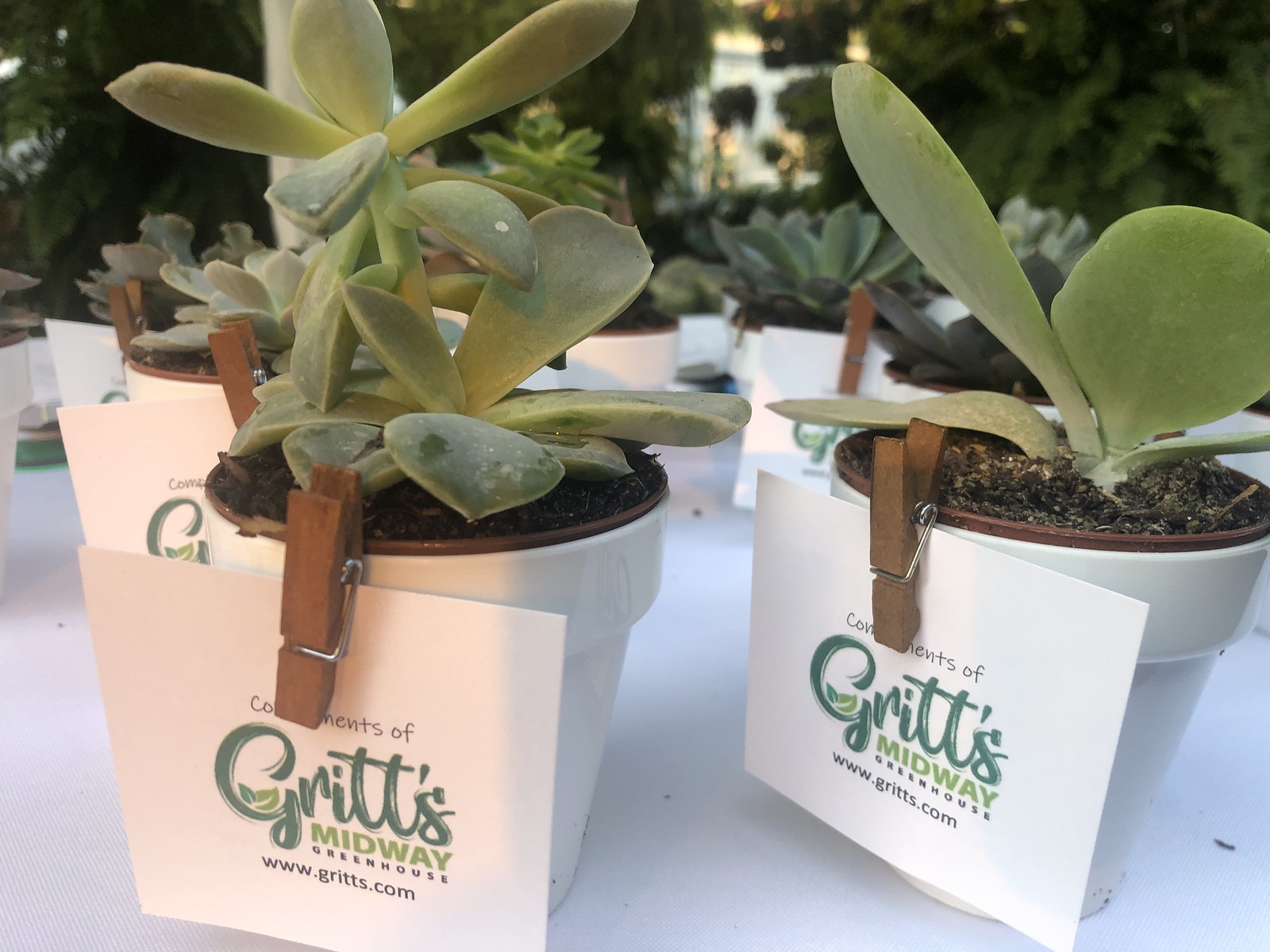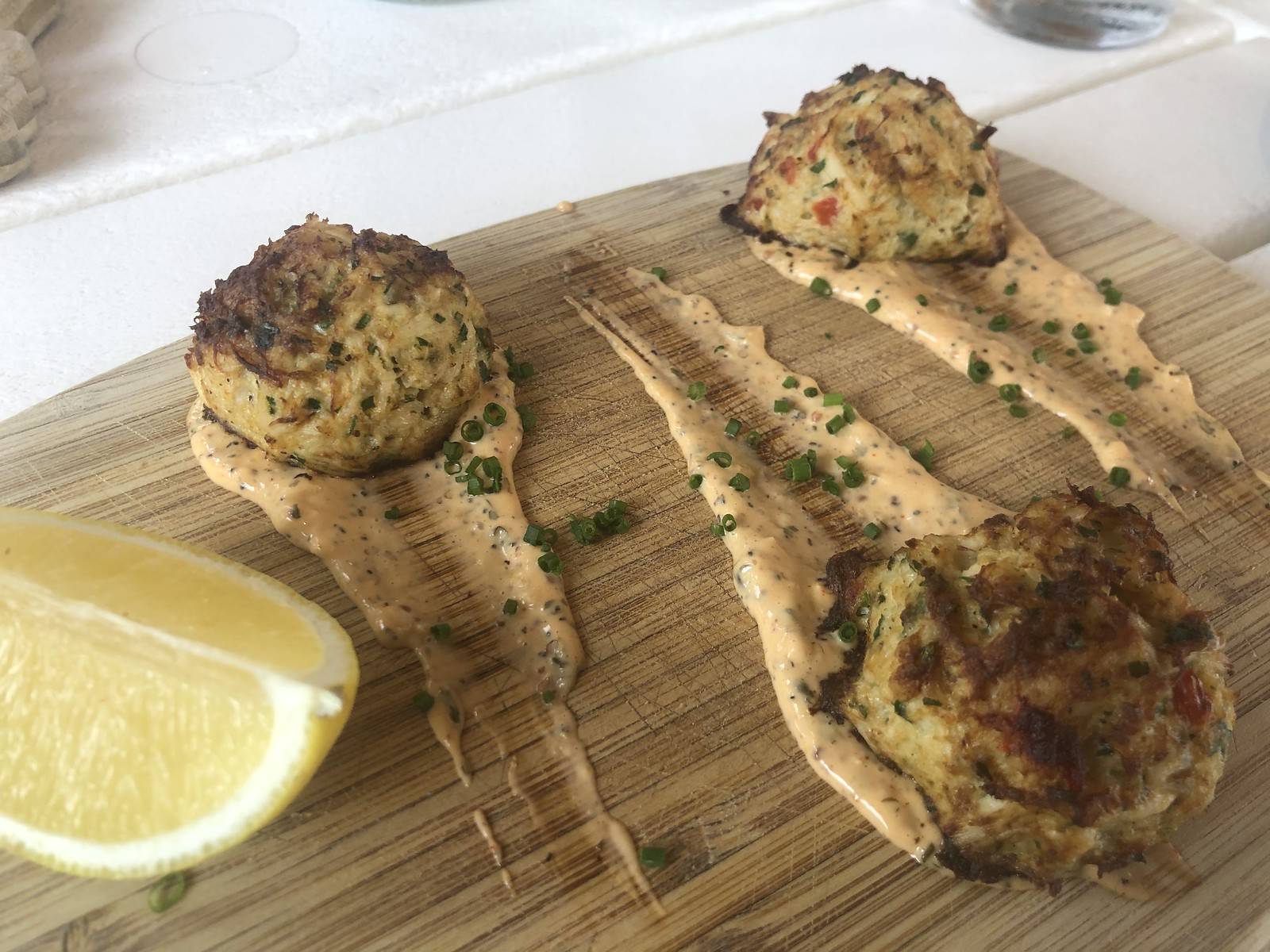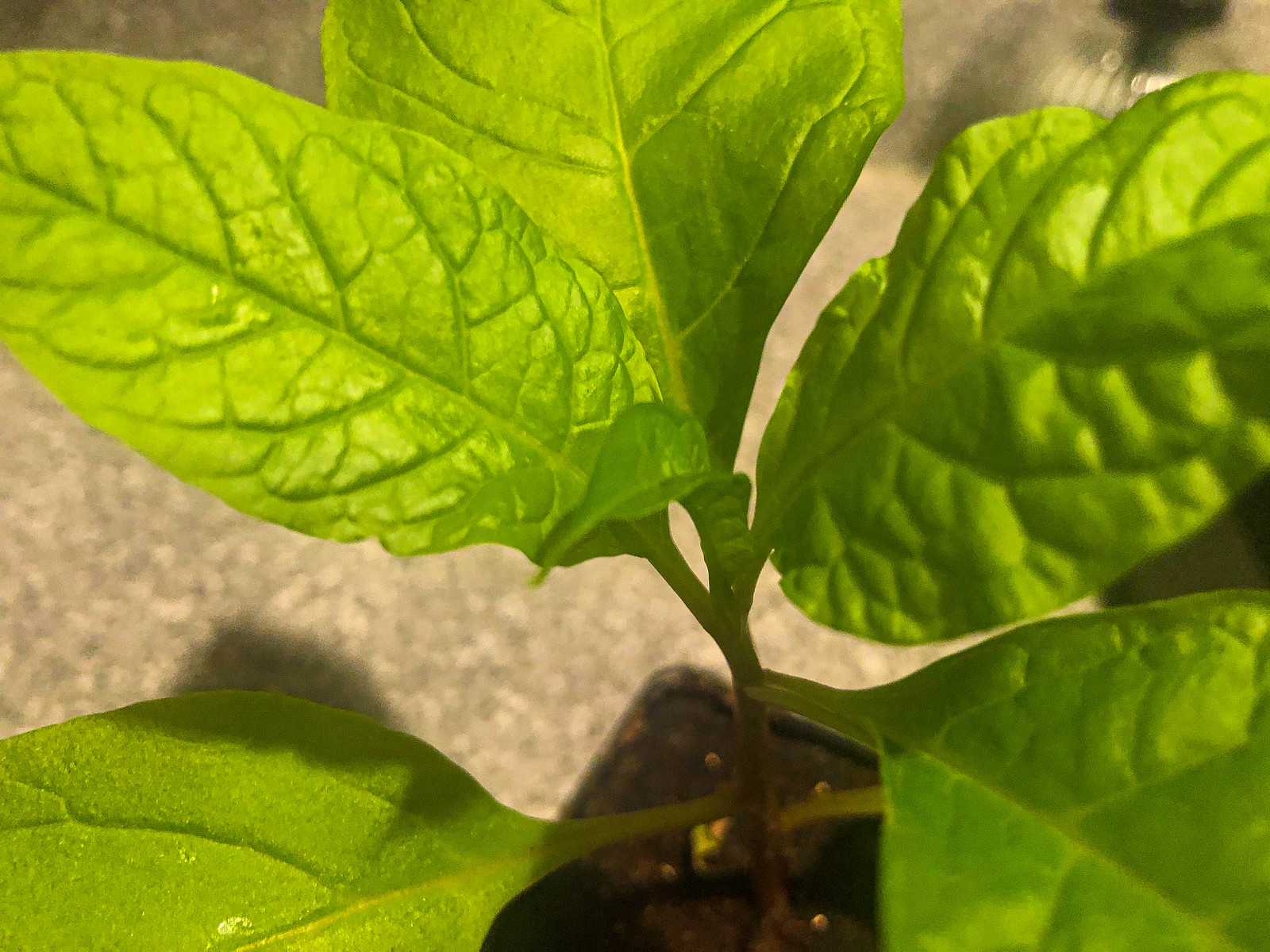
My latest column for the Charleston Gazette-Mail:
“Poke is undoubtedly Appalachia’s most popular, most available, and most eaten wild potherb,” writes Mark F. Sohn in his book “Appalachian Home Cooking: History, Culture, and Recipes.”
There’s just one problem: It’s poisonous.
The perennial weed has tall, towering stalks with tints of magenta, bright green leaves and dark purple berries. And, every single part - especially the root - is toxic.
But that didn’t stop Appalachians from being resourceful with this plentiful green, and through what was likely a lot of trial and error, creating an edible dish without falling ill.
How did they do that? By cooking the Phytolacca americana leaves into a dish we know as “poke sallet” – or sometimes “polk salad,” “poke sally” or “poke salet.”
*PLEASE NOTE: I do not encourage anyone from preparing pokeweed unless you know how and are confident in your ability. This column is not intended to serve as a guide in preparing pokeweed but rather is shared to document the cultural significance of the food.
Poke sallet is made only using the leaves of young, spring plants. Pokeweed becomes more toxic as it gets older, and its leaves are the least toxic part of the plant. Those leaves are then boiled with fresh water for 20 minutes at least three different times to remove the toxins.
It may seem like quite the chore to prepare, but in a time where foraging was crucial to survival and the repercussions of not cooking poke sallet correctly include severe stomach cramps, rapid heartbeat, vomiting, diarrhea, difficulty breathing and death, the work to prepare poke sallet was necessary.
Once the pokeweed has been properly prepared, poke sallet is often pan-fried with bacon grease, onion and salt and pepper. It can be treated like many other greens - by adding garlic, chili flakes, eggs, cream or served in pasta, quiche or dip. It can be canned and pickled. And, it even contains protein, and is a rich source of vitamin A, vitamin B2, vitamin C, vitamin K, and manganese.
In addition to its culinary uses, pokeweed has been used in alternative medicine and the berries of the plant for cosmetics. Queen of Appalachia Dolly Parton wrote in her memoir, “Dream More,” that as a kid, she “used red pokeberries for lipstick and a burnt matchstick for eyeliner.” Again, poke berries are toxic.
Poke isn’t the only plant that has poisonous parts, though. It joins the likes of rhubarb leaves, apple seeds, cherry pits, nutmeg, and raw cashews. And while reports are mixed on if and when poke has caused fatalities in modern times, it’s always better to be safe than sorry.
While poke sallet isn’t as common as it once was - likely due to the labor involved and availability of other alternatives - it can still serve as this special connection to the land and a testament to the inventiveness of those who occupied these grounds before us.
As for me, I need to make that connection so I can try my first bite of poke - poison-free.
Have you prepared pokeweed sallet? What’s your favorite way of using the green weed?
RECIPE: Poke Sallet Squares
As someone who second-guesses myself when foraging for morels or ramps, I am not willing to take my life into my own hands by finding and cooking pokeweed. I’ll leave it to the experts who know what to look for and know how to not poison themselves. I recommend you do the same.
So, while searching for recipes, I came across the University of Kentucky Harlan County Extension Office’s “Poke Sallet Recipes from Past Poke Cook-Offs,” which can be found here: https://bit.ly/3xwTUP5. They have a number of different recipes from over the years that utilize pokeweed in myriad ways. The “Poke Sallet Squares” caught my attention for something I’d like to try one day.
Ingredients:
½ cup cooked poke Sallet
1 cup cooked rice
¼ cup sliced green onions
1 cup (4oz) shredded Swiss cheese
1 (10 ¾ oz) can cream of mushroom soup, undiluted
3 eggs, lightly beaten
1/8 teaspoon salt
1/8 teaspoon dried basil
1/8 teaspoon dried oregano
¼ cup breadcrumbs
2 tablespoons grated parmesan cheese
1 tablespoon margarine melted
Instructions:
Drain poke well, pressing between layer of paper towels, chop. Combine poke and next 3 ingredients in a large bowl; set aside. Combine mushroom soup and next 5 ingredients; add to poke mixture, stirring well. Spoon into a lightly greased baking dish. Combine breadcrumbs, parmesan cheese, and melted butter, sprinkle over poke mixture. Bake at 325° for 30 minutes or until thoroughly heated. Let stand 10 minutes before cutting into squares; serve immediately.





